REVIEW: ZERO AND FIRST CONDITIONALS
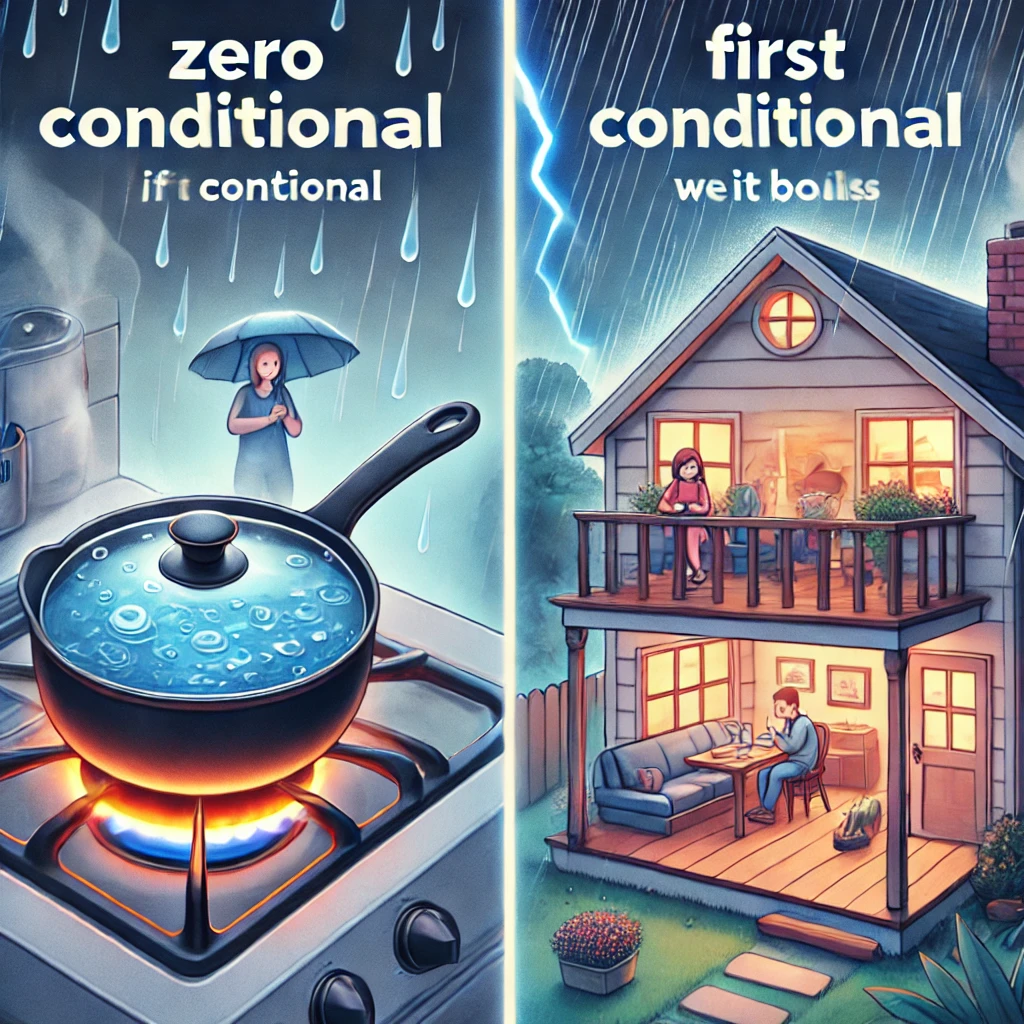
REVIEW: Zero Conditional
The zero conditional is for universal truths and habitual actions.
FORM
(If + present simple, … present simple) and usage for general truths and scientific facts.
Practical Examples:
- “If you heat ice, it melts.”
- “If plants don’t get water, they die.”
REVIEW: First Conditional
We use the first conditional to talk about real future possibilities.
FORM
(If + present simple, … will + base verb) for realistic future conditions and their results.
Practical Examples:
- “If it rains tomorrow, we will cancel the picnic.”
- “If I finish my homework, I will watch a movie.”
Learning Activities
Conditional Chain Story (First conditional)
Objective:
- Creative Application: Utilize the first conditional structure to creatively contribute to a collaborative story, enhancing understanding and usage of conditional sentences.
- Teamwork and Collaboration: Foster teamwork as students build on each other’s ideas, promoting collaborative storytelling.
- Language Skills Enhancement: Develop students’ grammatical accuracy, creativity, and narrative skills through the use of first conditional sentences in a story context.
Instructions:
- Group Formation and Introduction:
- The class will be divided into small groups of 3-4 students.
- There will be a quick review of the first conditional structure: If + present simple, will + base form of the verb.
- The teacher will explain the concept of a chain story. Remember, each sentence must use the first conditional to contribute to the narrative.
- Story Starting Point:
- You’ll receive a unique prompt or scenario to start your story, ensuring it can naturally lead to situations requiring the first conditional. You can brainstorm with your group your opening scenario.
- Example prompt: “If it starts to rain during our school trip tomorrow…”
- Writing the Chain Story:
- The first student in each group writes the opening sentence based on the prompt, following the first conditional structure.
- The paper or document is then passed to the next student, who reads the story thus far and adds another sentence, also using the first conditional. The process continues, with each group member adding to the story.
- Have a creative and logical progression of the narrative, but remind to focus on using the first conditional accurately.
- Concluding the Story:
- Groups should aim to conclude their story in a creative and satisfying way, ideally also using a first conditional sentence to tie everything together.
- If time allows, groups can discuss and revise their stories for grammatical accuracy and narrative flow.
- Story Sharing and Discussion:
- Each group shares its story with the class, highlighting the use of the first conditional in various scenarios.
- We will have a class discussion on the challenges and successes encountered during the activity, focusing on the use of the first conditional in narrative writing.
- Reflection:
- We will conclude with a reflective discussion or a quick write-up on what you learned about the first conditional and storytelling, and how you can apply this understanding in real-world situations.
Example of “Conditional Chain Story”
Group Members: Anna, Ben, Carlos, and Diana
- Anna starts: “If it starts to rain during our school trip tomorrow, we will have to cancel the hiking.”
- Ben adds: “If we cancel the hiking, we might visit the museum instead.”
- Carlos contributes: “If we visit the museum, we’ll learn about the local history and ancient artifacts.”
- Diana continues: “If we learn about the local history, I will write an article for our school newspaper.”
- Back to Anna: “If I write an article for the newspaper, I’ll interview the museum curator to get more insights.”
- Ben follows: “If we get more insights from the curator, our article could win the best school project award.”
- Carlos adds: “If our article wins the award, we’ll be featured in the town’s local newspaper.”
- Diana concludes: “If we’re featured in the town’s local newspaper, it might inspire more students to explore and appreciate our local history.”

Truth or Myth Quiz (Zero Conditional)
Objectives:
- Understand Zero Conditional: Learn to identify and use zero conditional sentences to express universal truths.
- Differentiate Truths from Myths: Develop critical thinking skills by distinguishing between factual statements and myths.
- Enhance Decision-Making Skills: Improve your ability to make informed decisions based on provided statements.
- Practice English Grammar: Apply your knowledge of English grammar in a fun and interactive way.
Instructions:
- Preparation: Before starting the quiz, review the structure and use of zero conditional sentences. Remember, zero conditional is used to express universal truths or scientific facts, using the format “If + present simple, present simple” (e.g., “If you heat water to 100 degrees Celsius, it boils”).
- Quiz Setup: You will receive a list of statements. For each statement, decide whether it is a universal truth (zero conditional) or a myth.
- Responding to Statements: For each statement, write “Truth” if you believe it is a universal truth that can be expressed with zero conditional. Write “Myth” if you think it is a false or exaggerated claim.
- Examples:
- Statement: “If you drop an object, it falls to the ground.”
- Response: Truth
- Statement: “If you eat carrots, you can see in the dark.”
- Response: Myth
- Statement: “If you drop an object, it falls to the ground.”
- Discussion: After completing the quiz, we will discuss each statement as a class. You will explain why you chose “Truth” or “Myth” for each statement and provide the correct zero conditional form for true statements.
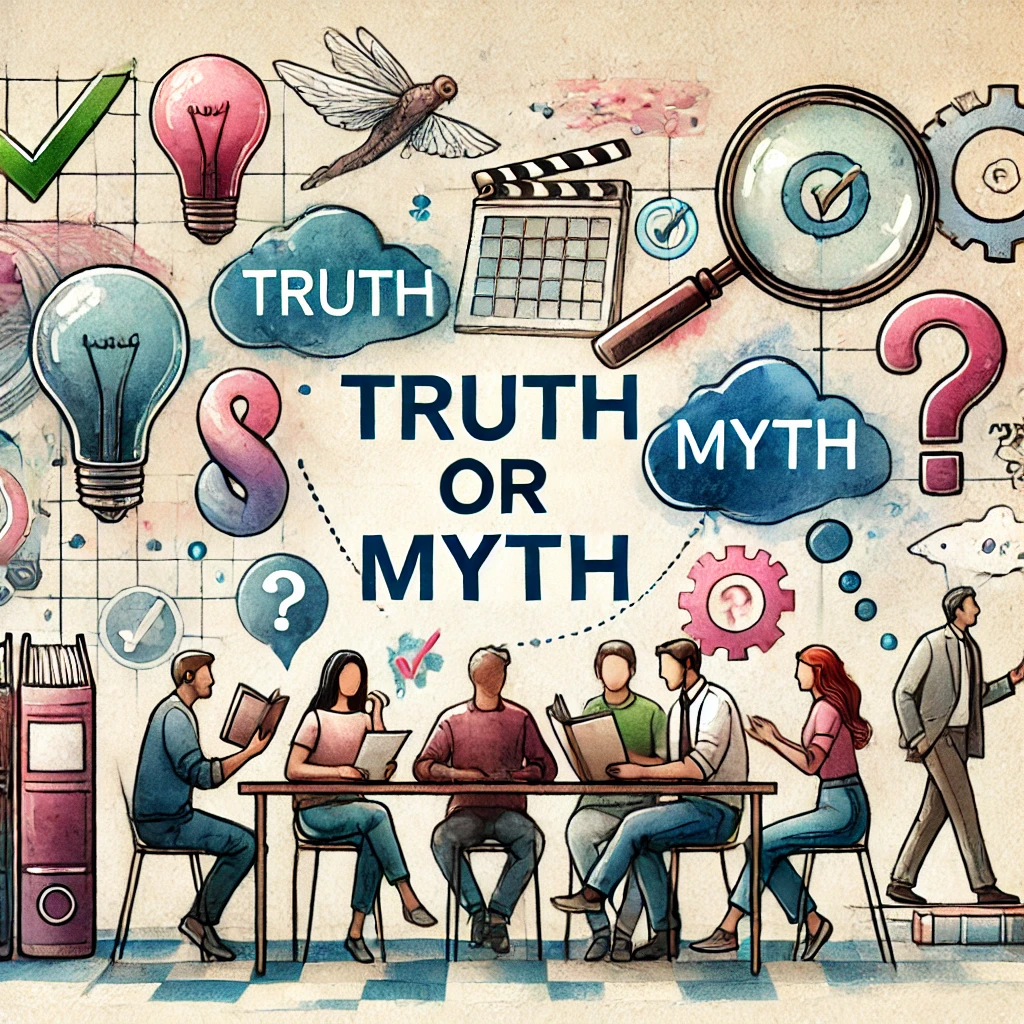
Gamification with Quizizz
Objectives:
- Reinforce Understanding: Solidify your grasp of zero and first conditionals through an interactive quiz.
- Apply Grammar Skills: Practice using zero and first conditionals in various contexts.
- Enhance Engagement: Increase motivation and participation through a gamified learning approach.
- Evaluate Knowledge: Assess your knowledge and identify areas for improvement in understanding conditionals.
Instructions:
- Preparation:
- Review: Quickly review the structure and usage of zero and first conditionals:
- Zero Conditional: Used for universal truths and facts (e.g., “If you heat water to 100 degrees Celsius, it boils.”)
- First Conditional: Used for real and possible situations in the future (e.g., “If it rains tomorrow, we will cancel the picnic.”)
- Access Quizizz: Ensure you have access to the Quizizz platform on your device.
- Review: Quickly review the structure and usage of zero and first conditionals:
- Quiz Activity:
- Join the Quiz: Enter the provided Quizizz code to join the quiz.
- Participate: Answer each question carefully, choosing the correct option that best completes the sentence or answers the question related to zero and first conditionals.
- Compete: Enjoy the gamified experience by competing with your classmates in real time. Try to get as many correct answers as possible to climb the leaderboard.
- Review and Discussion:
- Review Results: Once the quiz is completed, review your results to see which questions you got right and which ones you missed.
- Class Discussion: Discuss some of the trickier questions as a class. Your teacher will provide explanations and clarifications for any common mistakes or challenging questions.
Conditional Debate
Objectives:
- Enhance Grammatical Understanding: Solidify your comprehension and application of zero and first conditionals in constructing logical arguments.
- Promote Critical Thinking: Encourage analytical thinking and the formulation of reasoned arguments supported by conditional sentences.
- Improve Public Speaking Skills: Develop your confidence and proficiency in articulating your thoughts and arguments in a structured debate format.
- Foster Team Collaboration: Cultivate teamwork and cooperative strategy development as you prepare and present your arguments.
Instructions:
- Preparation:
- The class will be divided into teams, each one with an assigned position on a given topic (for or against).
- You will have a brief review of the zero conditional (for general truths or habitual actions) and first conditional (for real future possibilities) constructions.
- Research and Planning:
- Teams research their topic, gathering facts and examples to support their stance.
- Remember to use zero and first conditionals in forming arguments (e.g., “If we reduce waste, we will protect the environment”).
- Debate Structure:
- Opening Statement: Each team presents their main arguments (2 minutes per team).
- Argument and Rebuttal Rounds: Teams present detailed arguments and rebut opponents’ points, using conditional sentences to structure their reasoning (3 minutes per argument).
- Closing Statements: Teams summarize their stance and key points (2 minutes per team).
- Debate:
- Each team has equal time to present and rebut.

REVIEW: SECOND CONDITIONAL
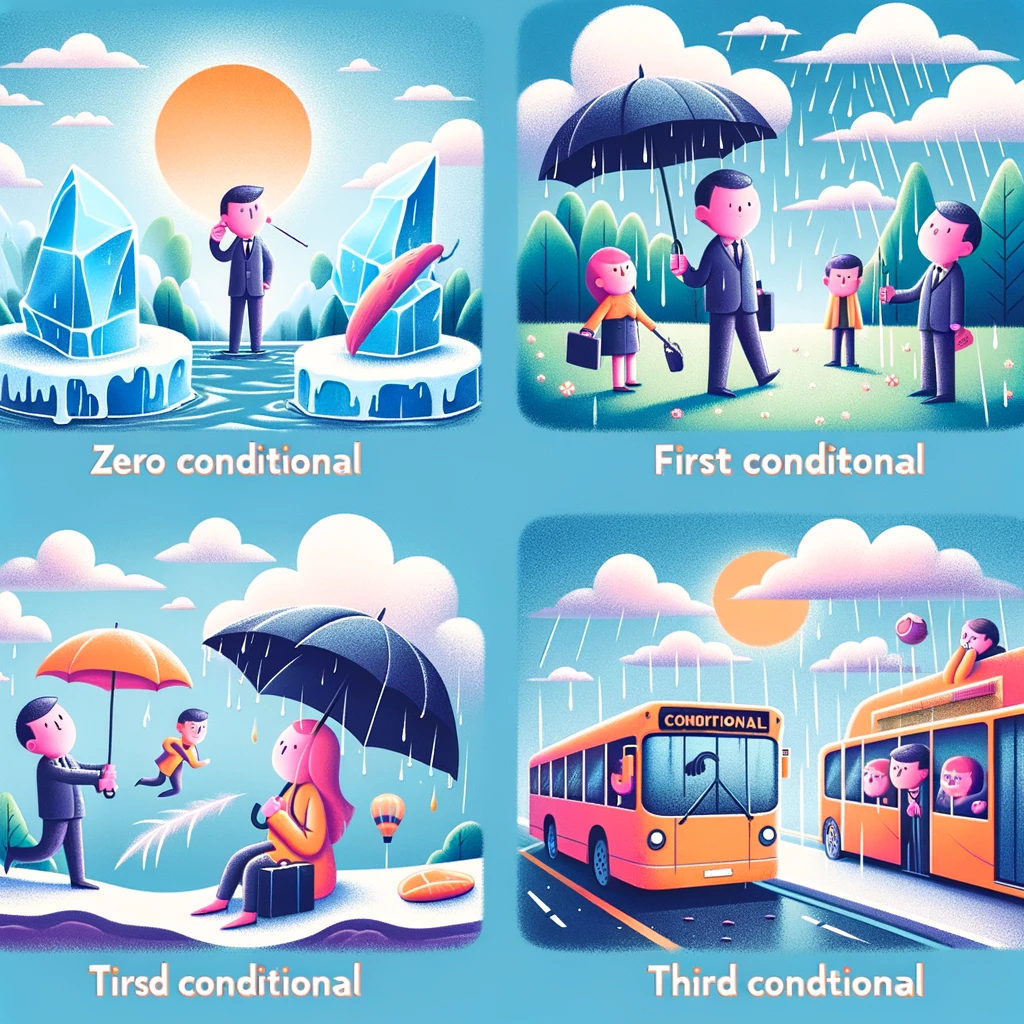
One uses the second conditional to discuss unreal or hypothetical situations.
FORM
(If + past simple, … would + base verb) for imaginary scenarios.
Practical Examples:
“If I won the lottery, I would travel the world.”
“If I were you, I would apologize.”
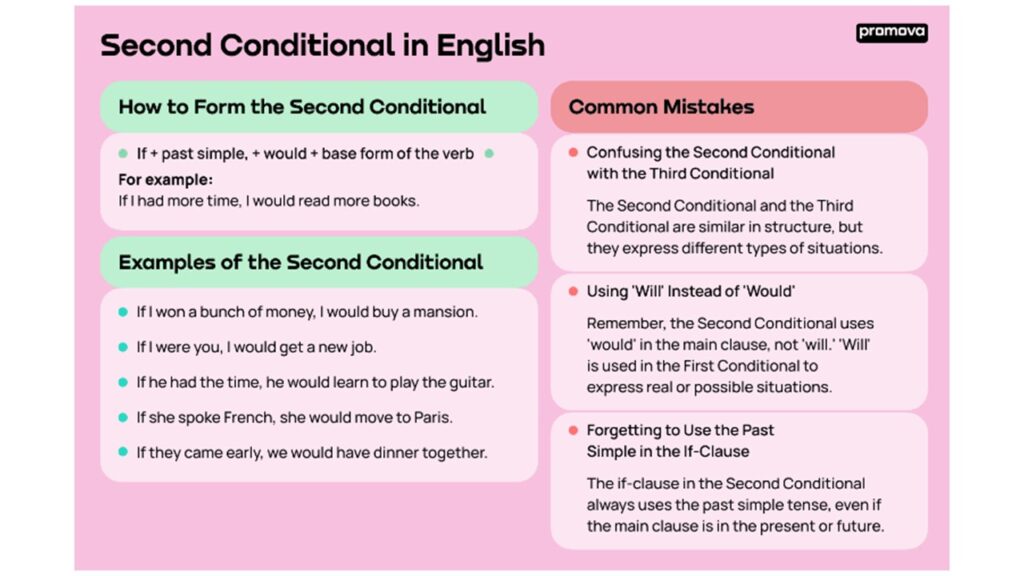
Here is a presentation with a summary of Zero, First, and Second Conditionals:
Learning Activities
“If I Were President” Speeches
Objectives:
- Enhance Public Speaking Skills: Develop your confidence and ability to articulate your thoughts and ideas clearly in a public speaking setting.
- Critical Thinking and Problem-Solving: think critically about societal, environmental, or educational issues and propose creative solutions.
- Understanding Civic Responsibility: Foster a deeper understanding of civic responsibility, governance, and the impact of leadership decisions on society.
- Application of Conditional Structures: Reinforce the use of the second conditional in constructing hypothetical scenarios and proposals.
Instructions:
- Introduction to the Activity:
- You will learn the purpose and structure of the activity. We will highlight the importance of understanding civic issues and the role of leadership in enacting change.
- We will review the second conditional structure (If + past simple, would + base form of the verb) for crafting hypothetical scenarios.
- Topic Selection and Research:
- Select a topic or issue you are passionate about addressing as a hypothetical president. Topics might include education reform, environmental protection, healthcare, or social equality.
- You’ll have time to conduct a brief research on your chosen topic to understand the current challenges and potential solutions.
- Speech Writing:
- Draft your speeches, starting with an introduction that outlines the issue you plan to address. The main body of the speech should detail the changes you would implement if you were president, using the second conditional to describe your hypothetical actions and the expected outcomes.
- Conclude your speeches with a powerful statement on the importance of the issue and the positive impact your changes would have on society.
- Peer Review:
- In pairs or small groups, you will exchange your speech drafts for peer feedback. Peers should focus on the clarity of the message, the effectiveness of the proposed solutions, and the correct use of the second conditional.
- Give constructive criticism and suggestions for improvement.
- Speech Presentations:
- We will set up a “Presidential Podium” at the front of the class where you will deliver your speeches.
- Each student will take turns presenting their speech to the class. Listen actively and prepare to ask questions or offer comments after each presentation.
- Class Discussion and Reflection:
- After all speeches have been presented, we will have a class discussion on the experience. We will discuss the variety of issues addressed, the feasibility of the proposed solutions, and the importance of leadership in making a difference.
- Reflect on the use of the second conditional in expressing hypothetical plans and its effectiveness in persuasive speech.
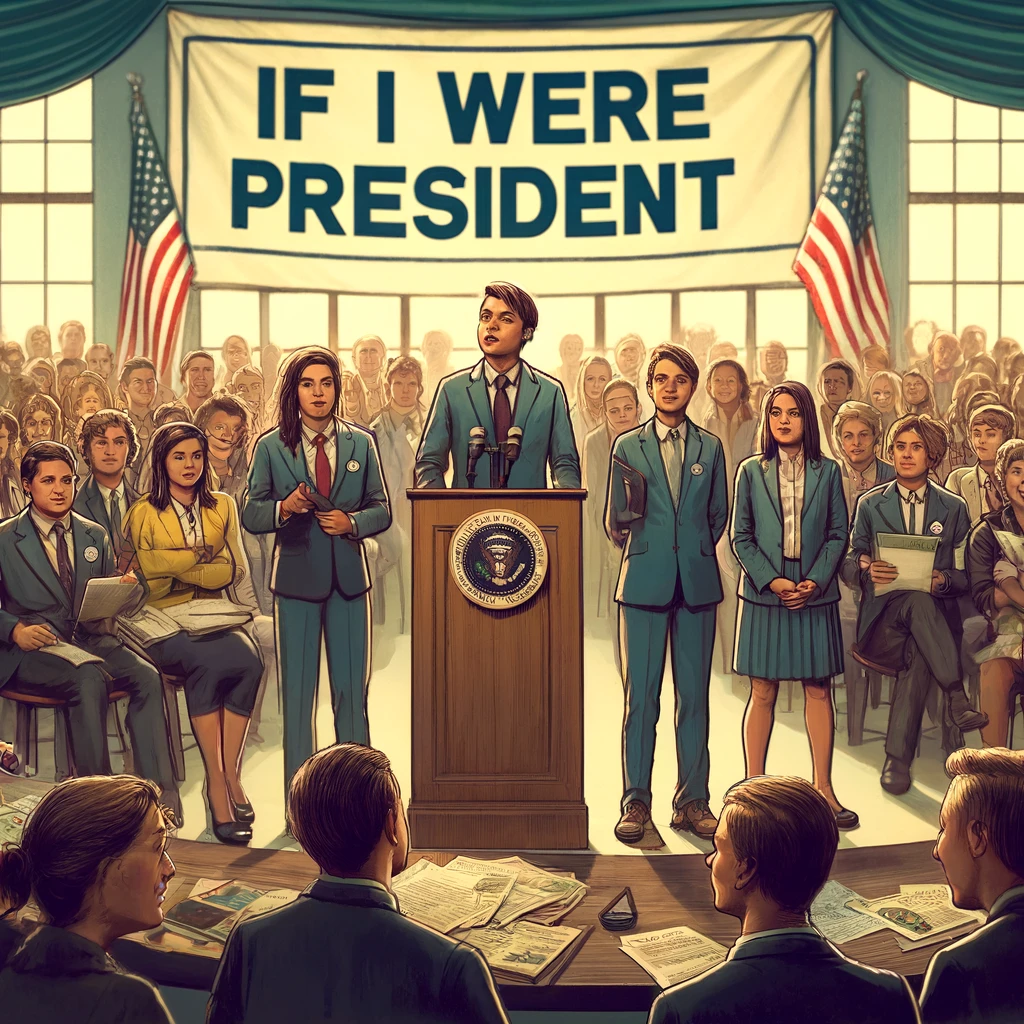
Dream Day – Writing with the Second Conditional
Objectives:
- Enhance Grammar Skills: Strengthen your understanding and application of the second conditional in describing hypothetical situations.
- Foster Creativity: Use your imagination to envision and describe your ideal day in detail.
- Improve Writing Coherence: Develop your ability to organize your thoughts and write coherent paragraphs using conditional sentences.
- Promote Self-reflection: Provide an opportunity for you to reflect on your desires and aspirations, promoting self-awareness and goal-setting.
Instructions:
- Introduction to the Second Conditional:
- We will begin with a brief review of the second conditional structure: If + past simple, would + base form of the verb. It’s used for hypothetical situations or dreams that are not likely to happen in the present or future.
- We will see some examples related to the theme of a “Dream Day” to model the structure and usage. For example, “If I had a million dollars, I would travel around the world.”
- Brainstorming Session:
- Spend a few minutes brainstorming ideas for your perfect day. Think broadly about locations, activities, people you would be with, and any special events that would make the day ideal.
- You will be provided guiding questions to spark ideas, such as “Where would you go if you could visit any place in the world?” or “What activity have you always wanted to try if you had the chance?”
- Writing the Paragraph:
- Write a descriptive paragraph about your dream day, using the second conditional to outline the events of the day and explain why it would be perfect for you.
- Use of vivid details and sensory language to bring your dream day to life for the reader.
- Peer Review:
- Exchange your paragraphs with a partner for peer review. Provide feedback on the use of the second conditional, as well as the clarity and creativity of the description.
- Give constructive criticism and suggestions for improvement.
- Class Sharing and Discussion:
- Share your dream day paragraphs with the class. After each reading, allow for brief feedback and discussion.
- Highlight effective uses of the second conditional and creative ideas that stand out.
- Reflection:
- We will conclude the activity with a reflection on the process of using the second conditional to describe hypothetical desires. We will discuss how imagining such scenarios can be a useful tool for setting personal goals and recognizing individual aspirations.

Conditional Comic Strips
Objectives:
- Reinforce Grammar Knowledge: Solidify your understanding of zero, first, and second conditionals by applying them in creative comic strip narratives.
- Creative Expression: creatively express ideas and scenarios using comic strips, combining artistic skills with grammatical accuracy.
- Critical Thinking: Develop your ability to think critically about how different conditional forms can alter the outcome of a story or situation.
- Collaborative Learning: Foster teamwork and collaboration as you may work in pairs or small groups to brainstorm and develop your comic strips.
Instructions:
- Introduction:
- We will briefly review the zero, first, and second conditionals, highlighting their forms and uses.
- The teacher will Introduce the concept of the activity, explaining how you will create comic strips that demonstrate the use of these conditionals.
- Brainstorming Session:
- Brainstorm ideas for your comic strips. Think of scenarios where the outcome can change based on different conditions – this can involve everyday situations, imaginative tales, or even science fiction themes.
- If working in groups, you will discuss and agree on one idea to develop into your comic strip.
- Planning the Comic Strip:
- Outline your comic strip storyline, deciding where and how to incorporate each of the three conditional forms. You should plan the sequence of panels and draft the dialogue or captions.
- You will be provided with a template or guidelines for creating your comic strips, including the number of panels and recommended layout.
- Creating the Comic Strip:
- Using art supplies or digital tools, create your comic strips. Each panel should clearly illustrate the scenario and use the conditional sentences correctly to advance the story.
- Be creative in the artwork and storytelling, and focus on accurately demonstrating the conditional forms.
- Presentation and Gallery Walk:
- Present your comic strips to the class, explaining the scenarios and how you used the conditionals. Alternatively, we will organize a gallery walk where comic strips are displayed around the room, and you circulate to view each other’s work.
- Give constructive feedback, focusing on the creative use of conditionals and the clarity of the narrative.
- Reflection and Discussion:
- We will conclude with a class discussion on the activity. Reflect on the challenges and successes of incorporating grammatical structures into creative work.
- We will discuss the importance of conditional forms in everyday communication and storytelling.
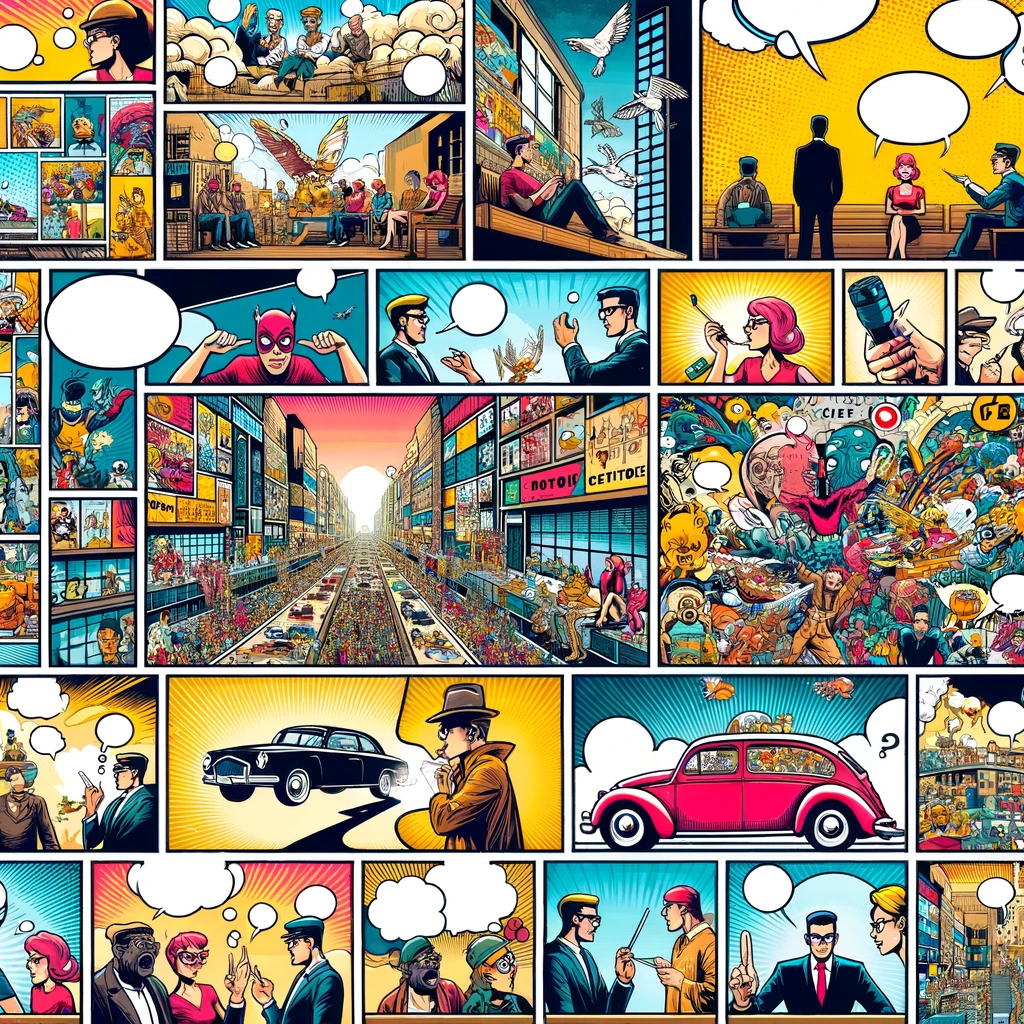
Third Conditional

Learning goals
Understand the Third Conditional: Learn the structure and uses of the Third Conditional.
Apply the Third Conditional: Use the third conditional accurately to express hypothetical situations in the past.
Differentiate Between Conditionals: Recognize the difference between the third conditional and other conditional forms.
Enhance Communication Skills: Improve your ability to express complex ideas and regrets in English.
Content
The third conditional is used to talk about situations that did not happen in the past and to speculate on what could have happened if circumstances were different. It’s a way of expressing regret, missed opportunities, or simply imagining different outcomes.
Find out more in the following video:
FORM
If + past perfect, would + have + past participle.
Examples:
- “If I had studied harder, I would have passed the exam.”
- “If she had left earlier, she would have caught the train.”
- “If they had known about the event, they would have attended.”
USES OF THE THIRD CONDITIONAL
1. Expressing Regret
Use the third conditional to express regret about past decisions or actions.
Example: “If I had known it was your birthday, I would have bought you a gift.”
2. Discussing Missed Opportunities
Reflect on opportunities that were missed and what could have been different.
Example: “If we had invested in that company, we would have made a fortune.”
3. Speculating on Alternative Outcomes
Imagine different outcomes to past events.
Example: “If the weather had been better, we would have gone to the beach.”
4. Giving Explanations
Explain why something did not happen.
Example: “If he had listened to the advice, he wouldn’t have made that mistake.”
Examples and Applications
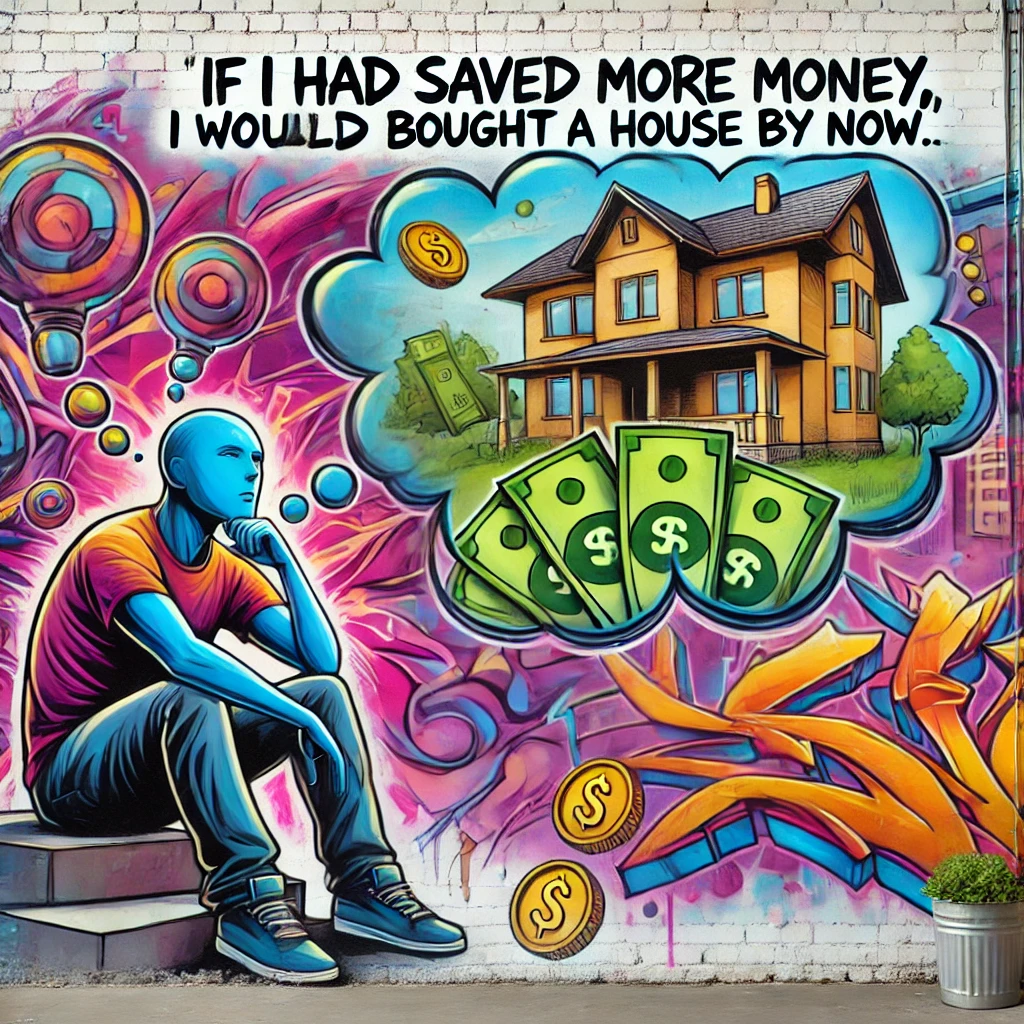
- Personal Regrets:
- “If I had studied French in school, I would have been able to speak it fluently by now.”
- Historical Events:
- “If World War II had ended differently, the world would have been a very different place.”
- Hypothetical Job Opportunities:
- “If she had applied for that job, she might have been promoted by now.”
- Relationships:
- “If I had met you earlier, we could have spent more time together.”
- Financial Decisions:
- “If I had saved more money, I would have bought a house by now.”
Here are some popular songs that feature conditionals, including first, second, and third conditionals. These songs can be a fun and engaging way to reinforce your understanding of conditionals in English.
- Conditional Used: First Conditional. This song by OneRepublic describes a possible future situation using the first conditional.
- 2. Conditional Used: Second Conditional. In the chorus, Mat Kearney uses the second conditional to imagine how different his life would have been if he had paid attention to his doubters.
- 3. Conditional Used: Taylor Swift uses the third conditional to express regret and hypothetical changes to past actions.
Learning Activities
EGB
Regretful Sentences
Objective: Practice forming sentences using the third conditional to express regret.
Instructions:
- Preparation: Think of scenarios where you might regret something you didn’t do.
- Task: Write five sentences using the third conditional to express these regrets.
- Class Activity: Share your sentences with a partner and discuss the different outcomes.
- Example: “If I had practiced more, I would have won the competition.”

What If? Story Writing
Objective: Use the third conditional in creative writing.
Instructions:
- Task: Write a short story (one or two paragraphs) about a day that could have gone differently, using at least three third conditional sentences.
- Sharing: Exchange stories with a partner and provide feedback on the use of the third conditional.
- Class Activity: Read a few stories aloud and discuss the different outcomes.
- Example: “If I hadn’t missed the bus, I would have arrived at school on time, and everything would have been different.”

BGU
Debate on Alternative Histories
Objective: Discuss historical events using the third conditional.
Instructions:
- Preparation: Choose a historical event and think about how it could have been different.
- Task: In pairs, discuss the event using the third conditional, imagining different outcomes.
- Class Activity: Present your alternative history to the class and explain how the world would be different.
- Example: “If the Roman Empire had never fallen, the world would have developed very differently.”
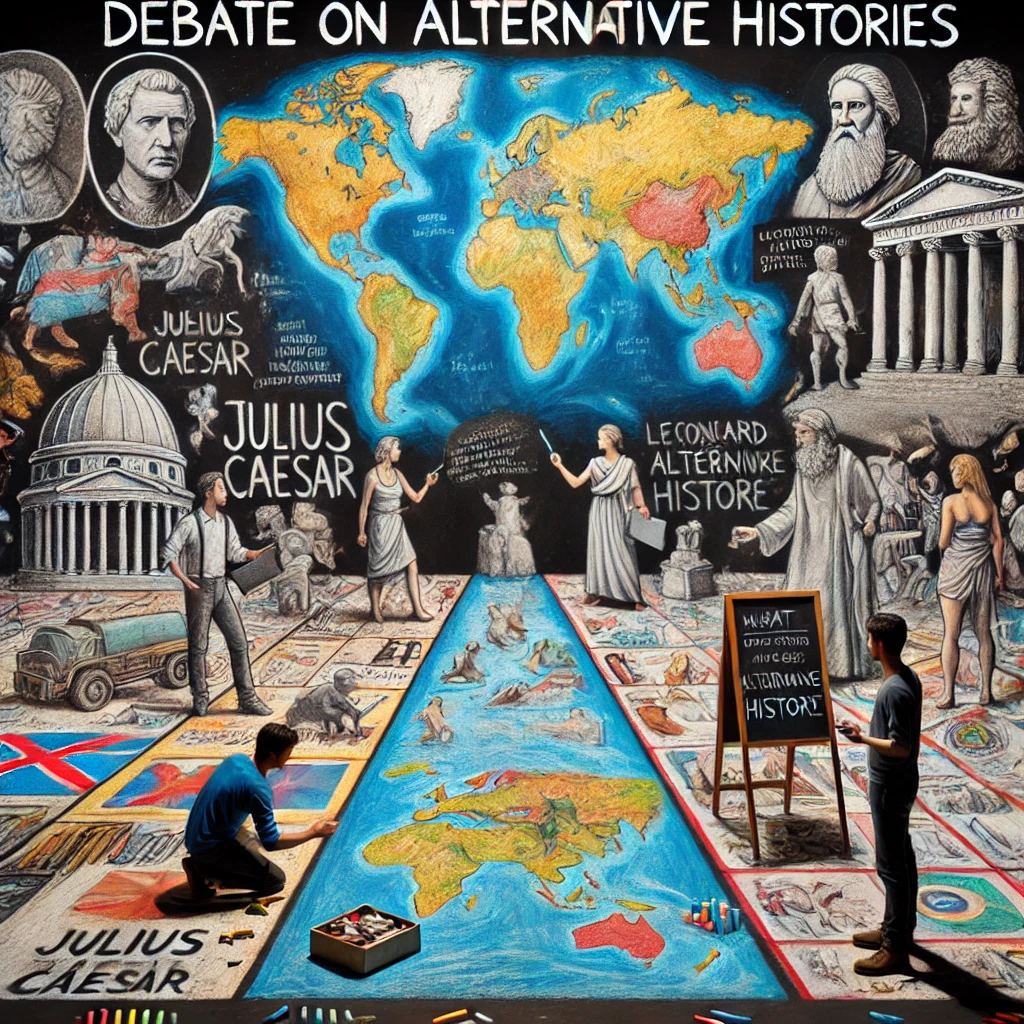
Third Conditional Chain Story
Objective: Collaboratively create a story using the third conditional.
Instructions:
- Group Work: Form groups of four. One student starts a story using the third conditional, and each subsequent student adds to the story using their own third conditional sentence.
- Sharing: Present the completed story to the class.
- Class Activity: Discuss how each conditional sentence changed the direction of the story.
- Example: “If John hadn’t forgotten his umbrella, he wouldn’t have met Sarah, and they wouldn’t have gone on that adventure.”

Mixed Conditional Practice Activities
Here are several engaging activities designed to help you practice and master mixed conditionals, a more complex aspect of English grammar that combines different time references in the condition and result parts of sentences.
Conditional Correction Race
Objectives:
- Reinforce Grammar Skills: Enhance your understanding and correct usage of zero, first, and second conditionals by identifying and correcting errors.
- Promote Quick Thinking: Develop your ability to quickly recognize and correct grammatical mistakes under time constraints.
- Foster Competitive Learning: Utilize a fun, competitive format to engage you actively in grammar practice.
Instructions:
- Preparation
- Setup:
- The class will be divided into small teams or pairs to foster a competitive environment.
- The rule will be explained: A sentence will be shown to all teams at the same time. Each team must quickly discuss and write down the corrected version of the sentence.
- Race:
- One sentence will be displayed at a time to the entire class. You’ll have a short time frame (e.g., 30 seconds) to write your corrections.
- After time is up, teams reveal their answers simultaneously. The first team to show a correct and complete sentence earns a point.
- Review:
- We will discuss each correction as a class to ensure understanding and clarify any common mistakes. This review helps solidify the learning objectives and corrects common misconceptions.
- Scoring:
- The team with the most points at the end of the session wins “Krugs.”
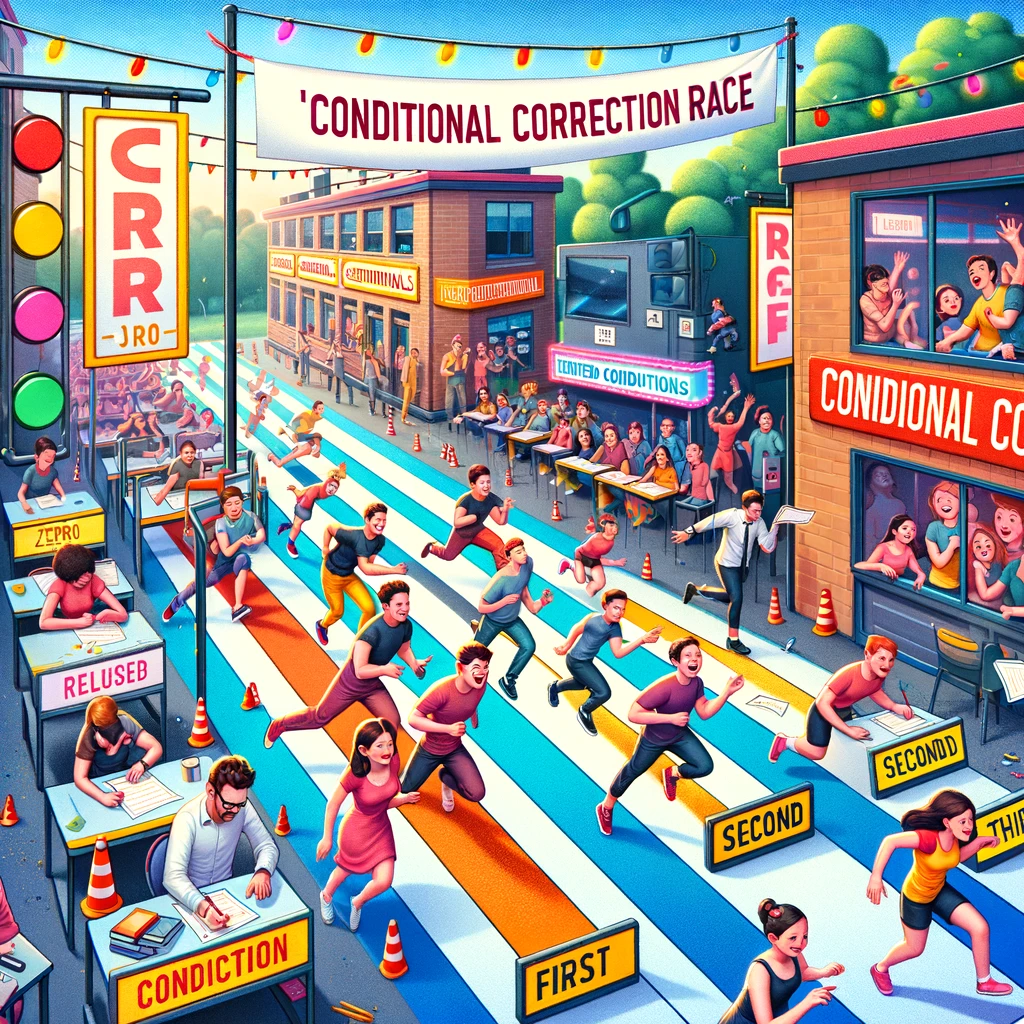
Conditional Puzzles
Objective: Develop logical thinking and grammatical accuracy by solving and creating puzzles that use mixed conditionals.
Instructions:
- Puzzle Creation: Each one in your group creates a short story or situation puzzle using mixed conditionals, leaving out key information.
- Solving Session: Swap puzzles between groups or pairs, challenging you to solve each other’s puzzles.
- Review: Discuss as a class, focusing on how mixed conditionals were used to create intriguing scenarios and the logic behind the solutions.

What If? Journals
Objective: Encourage reflective and creative writing using mixed conditionals to imagine alternate realities or outcomes.
Instructions:
- Journal Setup: You will have to keep a “What If?” journal.
- Weekly or Daily Entries: You will have to write weekly or daily entries exploring different ‘what if’ scenarios, using mixed conditionals.
- Sharing Session: Regularly, you will have to share interesting entries with the class, and discuss the possible alternate realities you’ve imagined.

